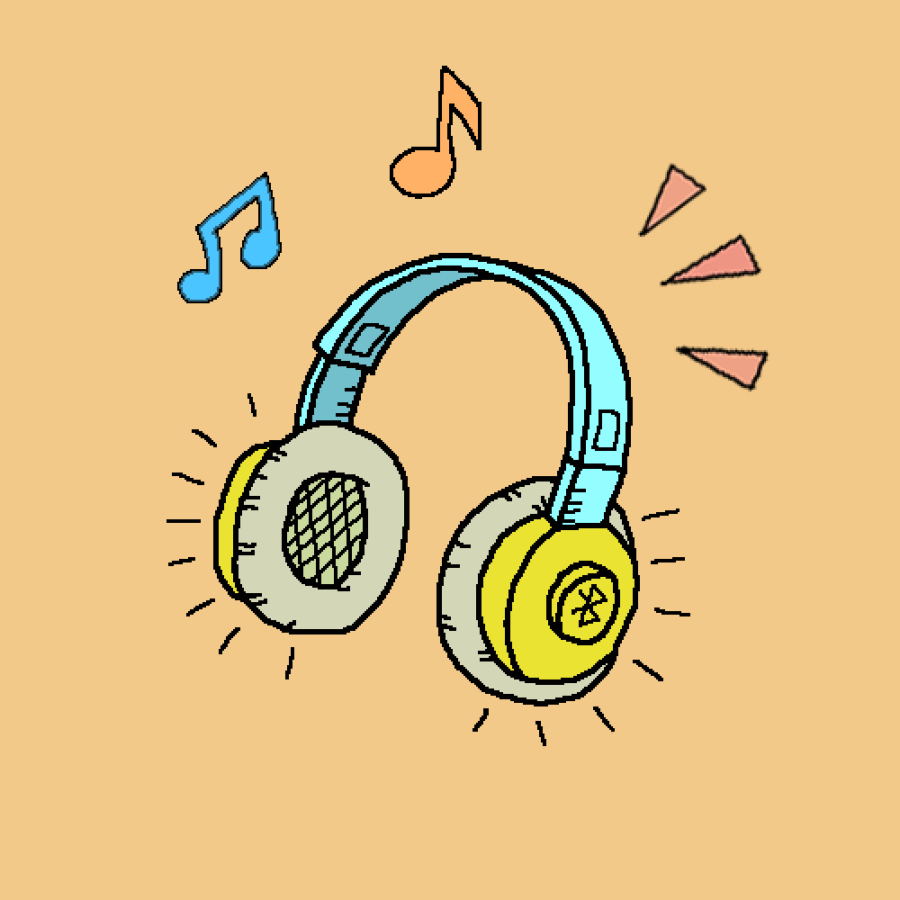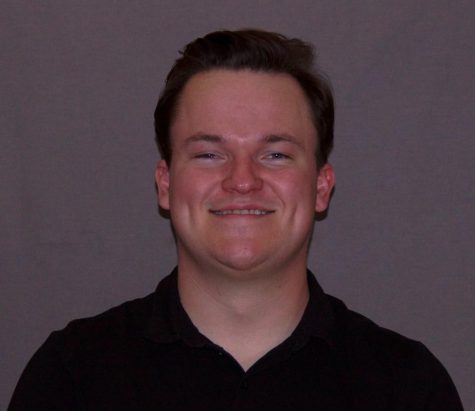UTSA professors use podcasting as a tool to educate and inspire
March 22, 2022
Two UTSA professors joined a team of researchers from across the nation in creating a podcast that innovates how researchers break down music theory concepts. The podcast — colloquially referred to as the “SMT-Pod” — exists as the premier audio publication within the Society for Music Theory. According to their website, “SMT-Pod” is a creative venue for timely conversations about music, with episodes chosen through an open, collaborative peer-review process.
Dr. Jennifer Beavers, associate professor of music theory at UTSA, co-chairs the podcast with graduate student Megan Lyons. Dr. Beavers assumes editing duties for the SMT-Pod, while also coordinating peer-review processes on episodes.
“I’m associate professor of music theory, a freshly minted professor right before COVID … I am the editor of the whole podcast. I co-chair it with a graduate student, Megan Lyons, who is up at the University of Connecticut. [SMT-Pod] was sort of her brainchild. Since she is moving into the market, they needed someone to oversee sort of the bigger production, including the peer reviews that we go through,” Dr. Beavers said.
Dr. Thomas Yee, associate professor of instruction in music theory at UTSA, serves as composition chair for the SMT-Pod. A composer by nature, Dr. Yee is responsible for coordinating all of the music that is used in an episode.
“Here at UTSA, I am an assistant professor of instruction in music theory … I’m also primarily a composer. That’s what I got my doctoral and graduate degrees in. And so, for the purpose of the SMT-Pod, I’m coming along as composition chair … basically heading up the composition area of the podcast which is being a liaison between the composers we’ve solicited music from to accompany the podcast,” Dr. Yee said.
Dr. Beavers spoke on the early days of the podcast, how they called for proposals and what the work looked like on an episode.
“We launched it [SMT-Pod] with a call for proposals like a journal would. We launched our proposal over the summer [2021], requesting authors and scholars to prepare their research for this medium … we got about 13 submissions to us. As a board, we all read through the proposals … as well as asked if it was appropriate for the audio medium. One of the biggest contributions we made to the field is we have this open, collaborative peer review process … when a scholar sends their work out they get to choose who will peer review their research,” Dr. Beavers said.
According to the SMT-Pod’s website, “The format for each episode is dictated by its content.” The structure of an episode can vary. Some episodes may function better with a panel discussion, while others may be sustained as a lecture-style format. Topics range from discussing sonic identity in popular music, conversations around music on Reddit and the teardrop chord in pop and film music.

Dr. Yee spoke about the process of selecting music for an episode.
“When we put out the call for episodes, we also put out a call for composers. That was to receive submissions for both the theme music for the podcast and the bumpers … when I am looking at the subject matter for each episode, usually it’s grouped by feel and tone. Then I look through the pool of bumper music that we have and see what the best fit for an episode is,” Dr. Yee said.
In the context of the SMT-Pod, “bumper music” is used to break up conversations, transition between segments and introduce themes. Dr. Yee elaborated more on this concept.
“It’s basically just transitions from one segment … NPR is a good example for this, they’ll try to give a sense of segments — the form of the podcast … they’ll use transitions to help to go from one part to another. The bumpers help to take us from point A to point B,” Dr. Yee said.
In speaking about the podcast on a broader scale, Dr. Beavers spoke of the wish to remove the jargon and make it accessible.
“It is inevitable depending on the topic that it’s just not going to happen for some topics … I hope there are ideas that you could take away. We do like to tell our peer reviewers and our authors to look for the jargon. If it gets too particular, you know, can you rephrase it so our undergraduate students would understand it or a budding high school musician can listen to it …”
Dr. Yee spoke on the success of the podcast thus far, while also hoping to see other disciplines adopt audio as a formidable medium.
“The SMT Podcast at its heart [is] a take on an academic journal and that’s why we have the collaborative peer review … I think we could be looking at something like the future of what academic journals could look like. I certainly hope to see more from other disciplines, academic journals and podcasts use this format sort of in the vein of what we’re doing here at SMT-Pod.”
You can find more information about the SMT-Pod on their website. You can listen to episodes on Spotify and Apple Podcasts. Episodes release every Thursday at 9 a.m. EST up until May 5.
If you’re interested, you can listen to the full conversation with Dr. Beavers and Dr. Yee on the podcast below.












